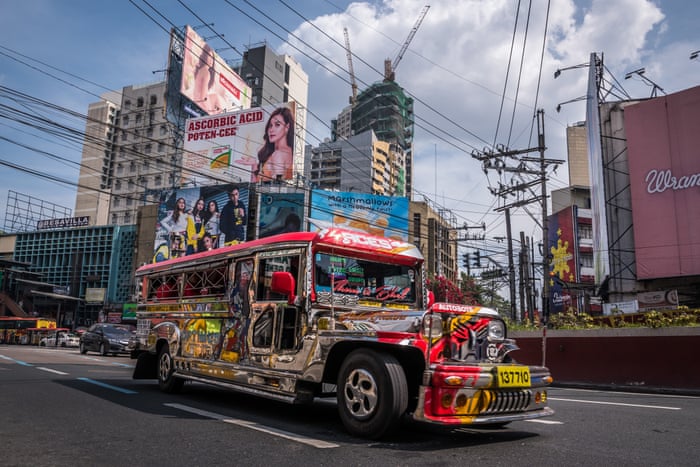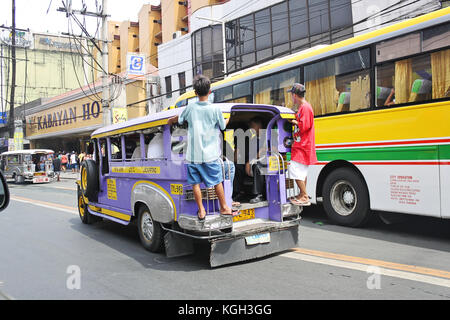Transit Advertising Philippines for Unmatched Brand Presence
Transit Advertising Philippines for Unmatched Brand Presence
Blog Article
How Transportation Advertising And Marketing Can Transform Public Transport Spaces Into Dynamic Advertising Platforms
Transit marketing holds considerable possibility to redefine public transport spaces into dynamic advertising platforms that involve and notify. By using ingenious styles such as digital displays and interactive booths, brand names can not just get to a varied target market but likewise boost the general traveler experience. This approach produces a special chance for brands to get in touch with customers in a setting that is commonly forgotten. As we explore the complex benefits and advancing approaches of transportation advertising and marketing, it raises the question of just how this change could redefine our interactions with both brand names and the metropolitan atmosphere.
Advantages of Transit Advertising

In addition, transportation marketing is very cost-efficient compared to traditional media. It allows marketers to achieve high impressions at lower expenses, making best use of return on investment. The captive audience of commuters offers a chance for brand names to communicate their messages to people who are often receptive throughout their travel times.
In addition, the vibrant nature of transit advertising and marketing permits projects to be updated regularly, making certain that messaging continues to be prompt and pertinent. This flexibility can be critical in reacting to market trends or promotional events, keeping the brand name top-of-mind for customers. Finally, the pervasive existence of transit advertising and marketing adds to brand name recall; repeated direct exposure within familiar traveling contexts strengthens brand understanding and fosters consumer loyalty, inevitably boosting and driving sales brand credibility.
Sorts Of Transportation Advertising
Public transport systems give different layouts for advertising, each accommodating different advertising strategies and target market involvement techniques. One popular kind is outside bus and train covers, which cover the whole lorry and create a mobile billboard result, permitting high presence in city atmospheres. These wraps can catch interest as they pass through hectic streets, reaching a diverse audience.
Another prominent layout is interior advertising, which consists of posters, electronic displays, and advertisements on transportation seats. These positionings involve passengers during their trip, enhancing brand messaging in a constrained area. Digital presents, specifically, use the benefit of vibrant web content, allowing marketers to update messages in real-time.
Station advertising is also considerable, featuring posters, banners, and interactive kiosks within transportation terminals. These advertisements take advantage of foot web traffic and can target particular demographics based upon location.
Last but not least, marketing partnerships with transportation authorities can cause unique campaigns, such as themed transit experiences or occasions, improving the total interaction with commuters. Each type of transportation advertising and marketing provides distinct advantages, allowing brand names to tailor their strategy to successfully reach their target audience within the public transport ecosystem.
Involving Travelers Properly
Travelers are significantly flooded with advertising and marketing messages throughout their day-to-day travels, making it important for brands to involve them in innovative methods. To catch interest in this congested room, advertisers must focus on imagination and relevance. Making use of attractive visuals and concise messaging can substantially boost the probability of interaction.
Interactive elements, such as QR codes or augmented truth functions, can likewise change fixed ads right into immersive experiences, fostering a deeper link with the audience. Brands need to concentrate on attending to travelers' passions and demands, customizing messages to resonate with their way of life, whether via promos for local businesses or solutions created to try this website enhance their travelling experience.
In addition, timing plays an essential function; strategically putting ads during optimal travelling hours can maximize presence and influence. Involving commuters properly additionally involves leveraging social networks combination, permitting passengers to share their experiences or promos straight from transit systems, thereby intensifying brand reach.
In significance, efficient interaction rests on comprehending the commuter trip and creating compelling, interactive, and appropriate advertising experiences that not only capture focus however likewise drive activity and loyalty. By doing so, brand names can change public transport into a vibrant advertising and marketing platform that resonates with its target market.

Measuring Advertising Effect
Exactly how can brands accurately examine the effectiveness of their ad campaign en route environments? Determining the effect of transit advertising requires a multifaceted approach that combines quantitative and qualitative metrics. One common method is tracking engagement through mobile analytics, where brands can assess foot website traffic patterns and application interactions previously, during, and after projects.
Surveys can provide useful insights right into brand name recall and consumer sentiment, allowing brand names to assess just how well their messages resonate with travelers. Additionally, keeping track of social media involvement associated to details campaigns can disclose changes in public perception and brand discussion.

In addition, collaborating with transit firms can enhance dimension precision, as they typically possess in-depth demographic information on ridership fads. By integrating these methods, brand names can create a detailed understanding of their advertising and marketing performance, making sure that their campaigns not just reach but also affect their target audiences successfully.
Future Patterns en route Advertising And Marketing
A considerable shift is anticipated in transit advertising and marketing as technical innovations and transforming customer actions improve the landscape. Transit Advertising Philippines. The combination of electronic displays and interactive media is anticipated to boost engagement, enabling brands to deliver dynamic web content that resonates with diverse audiences. As mass transit systems welcome wise modern technology, marketers will certainly take advantage of real-time data analytics to customize messages based upon traveler demographics and habits
In addition, augmented fact (AR) is poised to reinvent the means commuters engage with ads. By giving immersive experiences, AR can change an ordinary journey into an appealing narrative that records attention and fosters brand name loyalty. This Visit Your URL advancement will likely encourage advertisers to produce even more experiential campaigns that drive customer interaction.
Sustainability is an additional crucial trend affecting transportation marketing. As ecological awareness grows, brand names will significantly seek to line up with environment-friendly practices, making use of sustainable materials and advertising eco-friendly initiatives within their projects.
Conclusion
In conclusion, transit advertising and marketing provides significant benefits by enhancing brand exposure and engaging a captive target market. As fads progress, the capacity for innovative communications between travelers and brand names is positioned to grow, ensuring that transportation marketing stays an important part of modern-day advertising methods.
Transit advertising and marketing holds substantial potential to redefine public transportation rooms right into dynamic advertising systems that engage and notify. The pervasive existence of transit advertising adds to brand name recall; repeated direct exposure within acquainted traveling contexts enhances brand name understanding and cultivates consumer loyalty, inevitably enhancing and driving sales brand track record.
Just how can brands precisely examine the performance of their advertising projects in transportation atmospheres?In final thought, transit advertising supplies substantial advantages by enhancing brand name exposure and involving a captive target market. Transit Advertising Philippines. As patterns develop, the possibility for ingenious interactions in between travelers and brands is poised to grow, making certain that transit advertising and marketing continues to be a vital component of modern-day marketing methods
Report this page